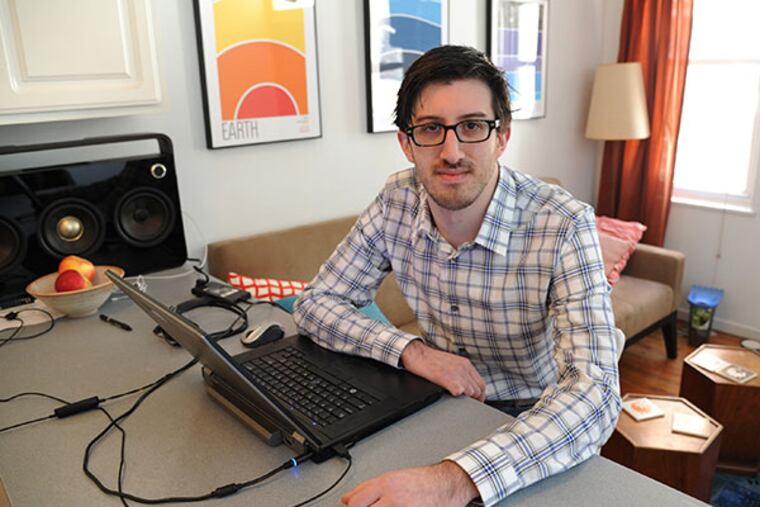Pew: Despite recent "boom," millennials likely to leave Philly

The surge in young adults that's fueled an increase in the city's population in recent years is a "fragile boom," a new Pew Charitable Trusts report says.
In a Pew poll, "half of the 20- to 34-year-olds questioned said they definitely or probably would not be living in Philadelphia five to 10 years from now, compared with about 3 in 10 for the rest of the city's adult population," Larry Eichel, project director of Pew's Philadelphia Research Initiative, wrote in the report, released this afternoon.
For those likely to leave, 38 percent cited career reasons, 29 percent mentioned school and child-upbringing concerns, and 22 percent said they were worried about crime or public safety.
Of the young adults polled, 56 percent said they would not recommend the city as a place to raise kids, while only 36 percent said they would.
"These results suggest that the millennials' affection for Philadelphia is conditional," Eichel wrote. "And for the city, the stakes in meeting those conditions are very high."
Millennials, for the purpose of the report, are defined as people aged 20 to 34.
Eichel, in a teleconference with reporters today, said he was "not in the business of giving recommendations" to city officials, but "would just point to the report." He said many city officials are aware of the concerns raised.
In response to the report, Mark McDonald, Mayor Nutter's spokesman, said the millennials' concerns "are the mayor's issues, and we've made progress, though we're far from done."
He pointed out that the homicide rate for 2013 was at the lowest level in the lifetime of the young adults, "but the mayor's goal is to drive it and the overall crime rate much farther down."
On education, he said the mayor "believes in high-quality school options for parents, whether district-managed or charter. And he wants a new way of funding charters at the state level that does not harm district-run schools."
McDonald added that the city is "seeing a growth in the number of start-ups and tech companies" as well as "seeking economic growth from new international connections and from our pillars — the Eds, Meds, Beds (hospitality industry)."
The report found that the highest concentrations of millennials live in and around Center City. Specifically, the study found that zip codes in Manayunk, Center City, University City and Fairmount have more than 40 percent of its residents in the millennial age group.
Other areas — in South Philly, East Falls, Roxborough, Northern Liberties, Kensington/Fishtown, and North Philly near Temple — have populations that are 30 to 40 percent millennials.
Racially, among millennials, "whites are the largest group, representing 40 percent of the total," Eichel wrote. In comparison, for the city as a whole, blacks are the largest racial group, comprising 42 percent of the population.
The report also found that Asians in the millennial age group represented a higher percentage in 2012 (8 percent) than for Asians as a whole in the city (6 percent). The percentage of Hispanic millennials was about the same as Hispanics in general in the city (both 13 percent).
In 2006, the city's population fell to its lowest point since the 1900 census, the report said, but then began to rebound. The city's population grew by nearly 59,000 in the next six years, reaching an estimated 1,547,607.
Besides young adults, foreign immigrants also contributed to the city's population surge.